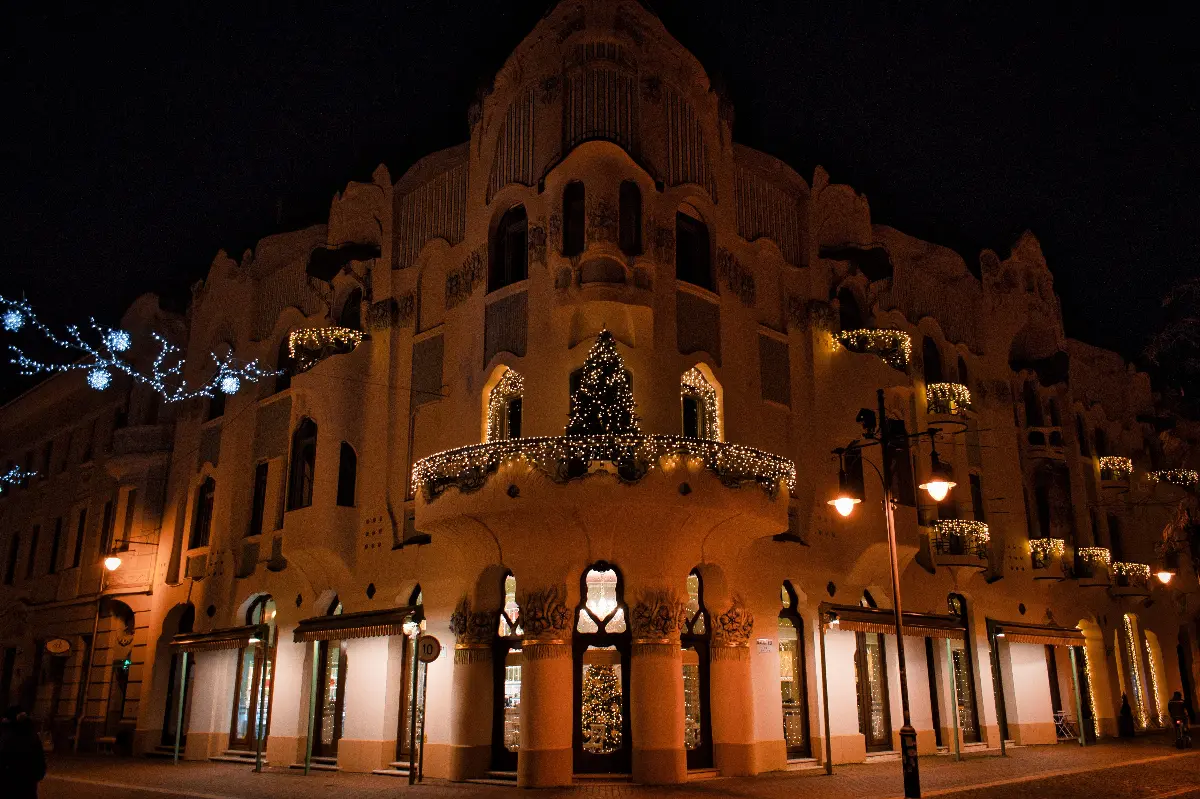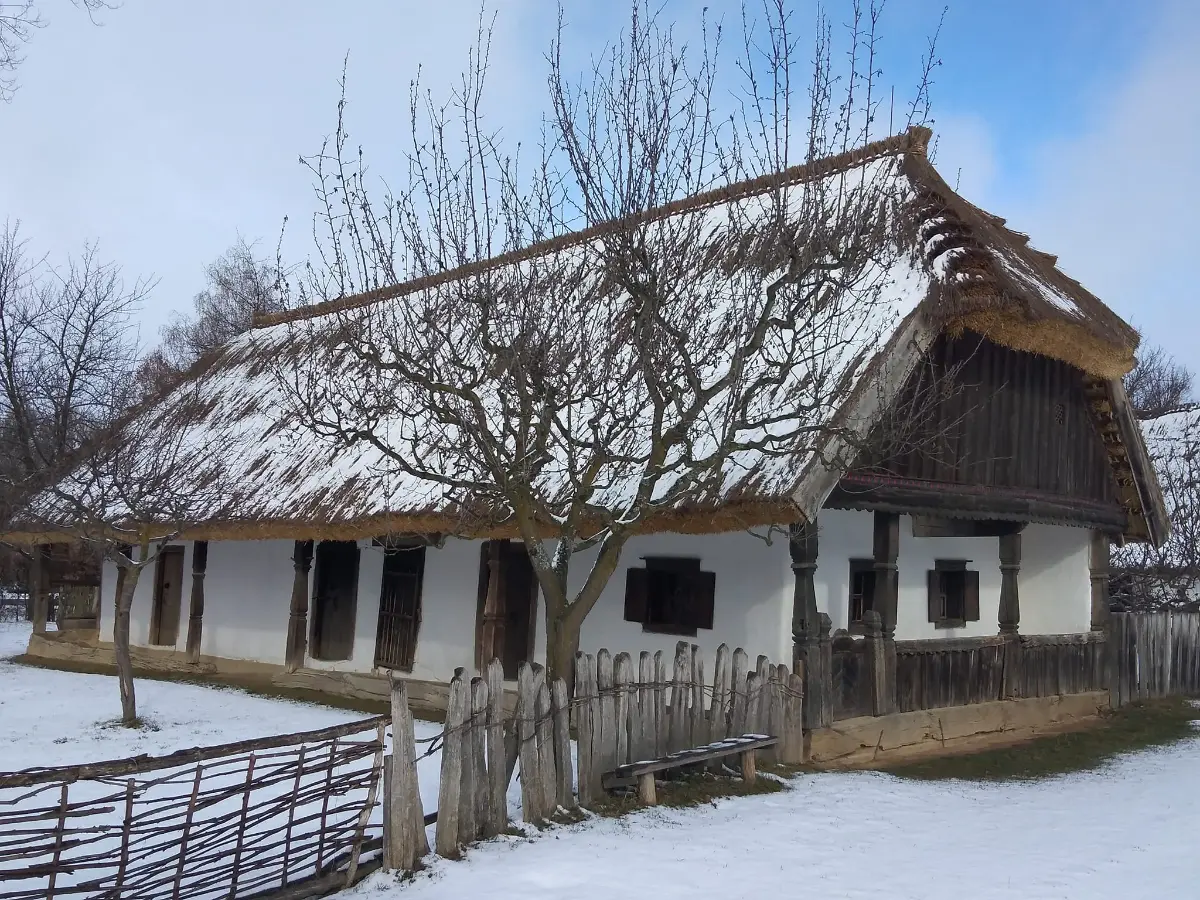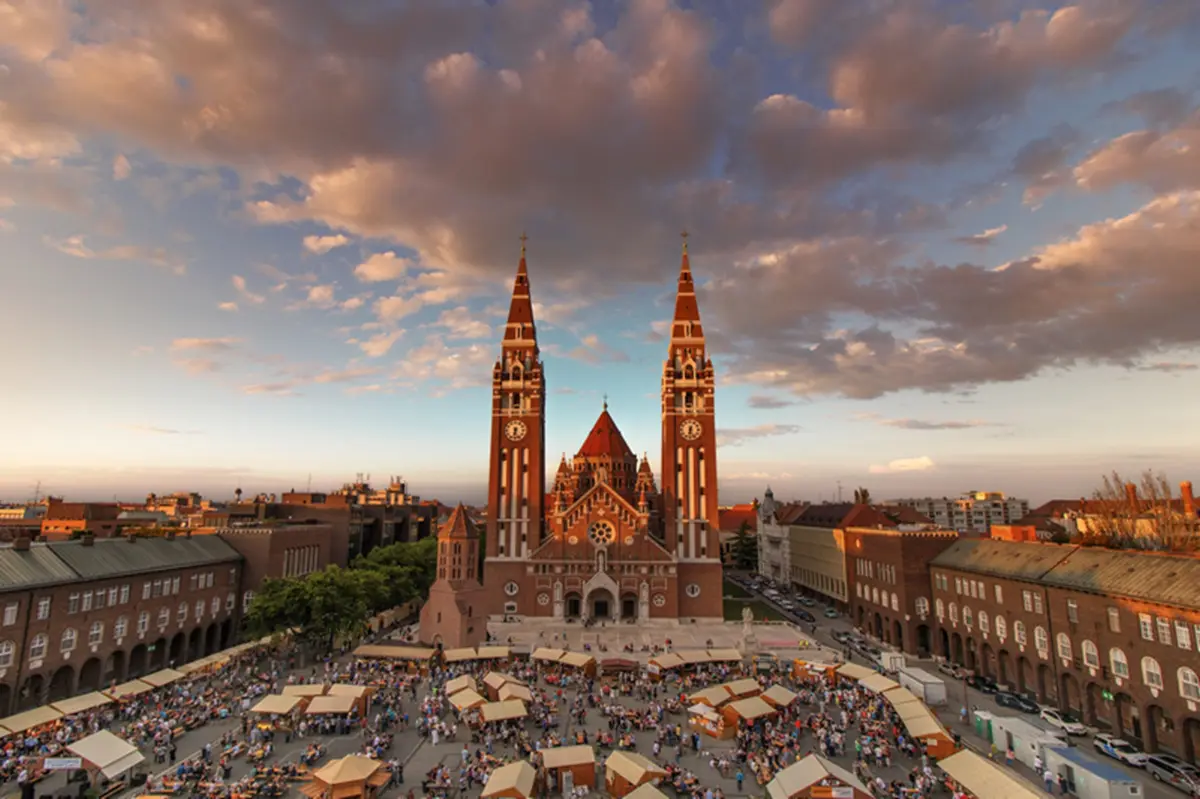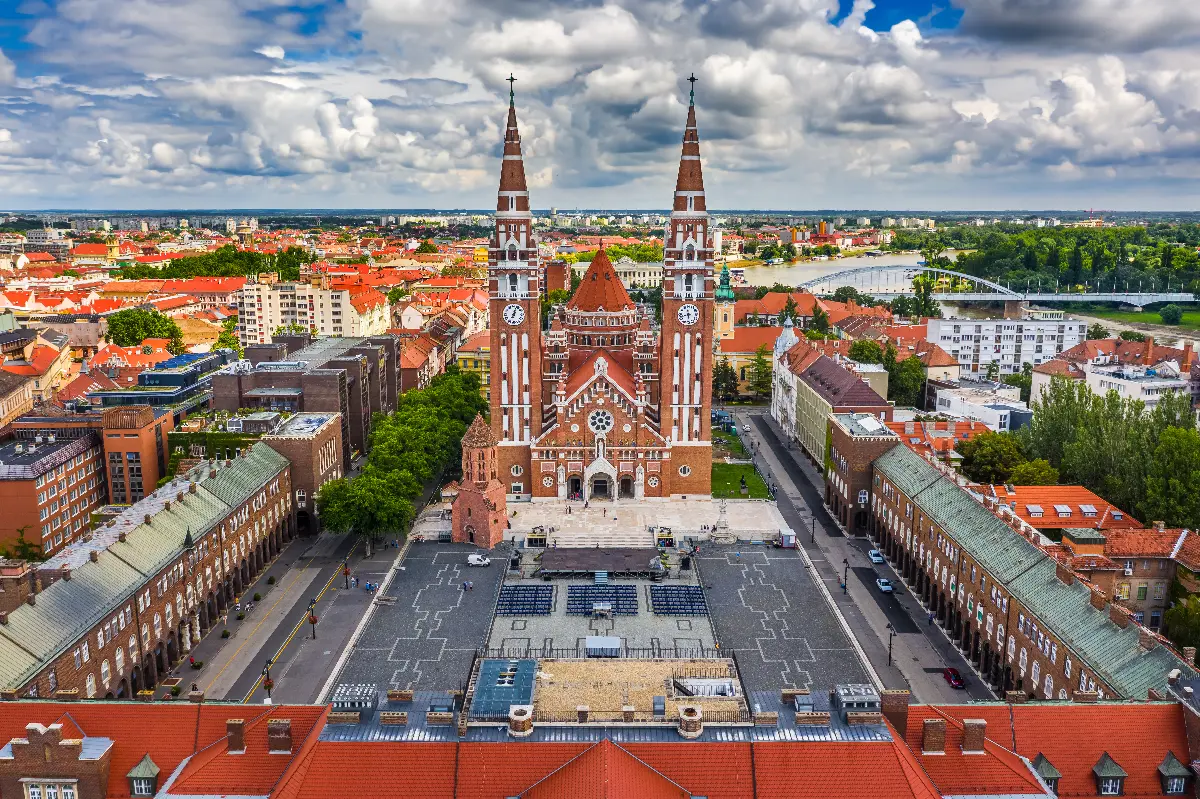
Helyszín címkék:
Fabulous rural buildings that deserved the Europa Nostra Award
Mészégető Marcsi
1. The Synagogue of Apostag
The most famous building of Apostag in Bács-Kiskun County is the synagogue. The exterior is clean and simple, but the interior is all the more ornate. The building was built in the Baroque style in 1768, but it burnt down in a fire and had to be rebuilt in 1822. The synagogue has a classicist, late Baroque style. The interior features beautiful stucco and wall paintings, and according to Jewish church building tradition, there is a pulpit (bima) in the centre of the church. The synagogue was awarded the Europa Nostra Award in 1989. The building is now a village hall, a venue for exhibitions, concerts and the Lajos Nagy Memorial Exhibition.
2. The open-air museum of Szenna
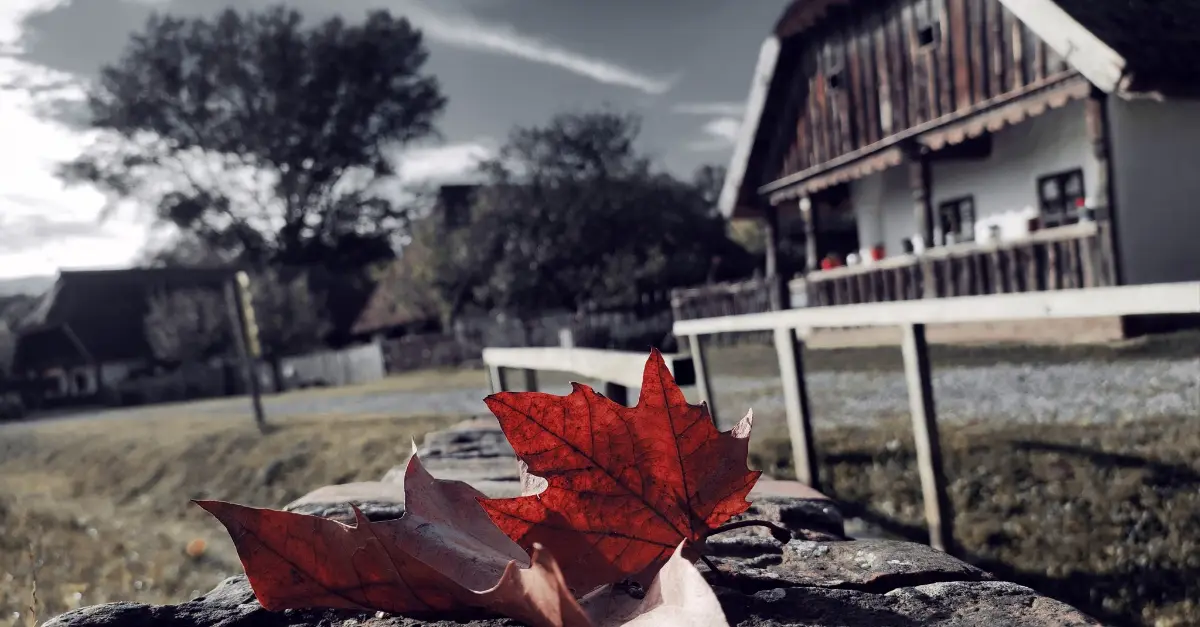
The open-air museum of Szenna is located near Kaposvár, in the Zselic Landscape Protection Area. The museum offers a real journey back in time to the everyday life of our ancestors. The houses here preserve the cultural heritage of Somogy. It is special because it is located in the centre of the village, and because the whole community was involved in its construction. A few of the surviving half-timbered houses of South Transdanubian architecture were transported here, erected by the knowledgeable elderly villagers. In addition to the houses, visitors can also visit a cellar, a wheelwright workshop and a distillery. The Reformed church, built in 1785 in the Baroque style, is also part of the open-air museum and is protected as a historical monument. The open-air museum was awarded the Europa Nostra Award in 1982. Besides the wonderful buildings, folk tools and objects, you can taste the flavours of Somogy, try folk games, and even learn about the practices of Somogy grandparents.
3. Kárász Street and Klauzál Square in Szeged
Walking around the city centre of Szeged, you can admire beautiful buildings. Klauzál Square and the adjacent Kárász Street won the Europa Nostra Award in 2004. The historic buildings of Klauzál Square were built in 1872-73 in classical style. At the same time, they were separated from Széchenyi Square by buildings. Klauzál Square is also of historical significance, as Lajos Kossuth made his public speech from here in 1848, and his last one in 1849. This is commemorated by the statue of Kossuth in the centre of the Square, which bears the opening words of the speech: “The people of Szeged, the pride of my nation!” Also on the Square is the Millennium Fountain, which commemorates the kings of the Árpád Dynasty. The winged lions of the ornamental fountain symbolise faith, honour, courage and light, which embody the Hungarian past. If you approach the Square from Kárász Street, you will see statues in Renaissance costume. The downtown shopping street of Kárász Street is a hive of activity in winter and summer. If you are in Szeged, it is definitely worth taking the time to walk around, enjoy the architecture and the unique atmosphere of Szeged, also known as the city of sunshine.
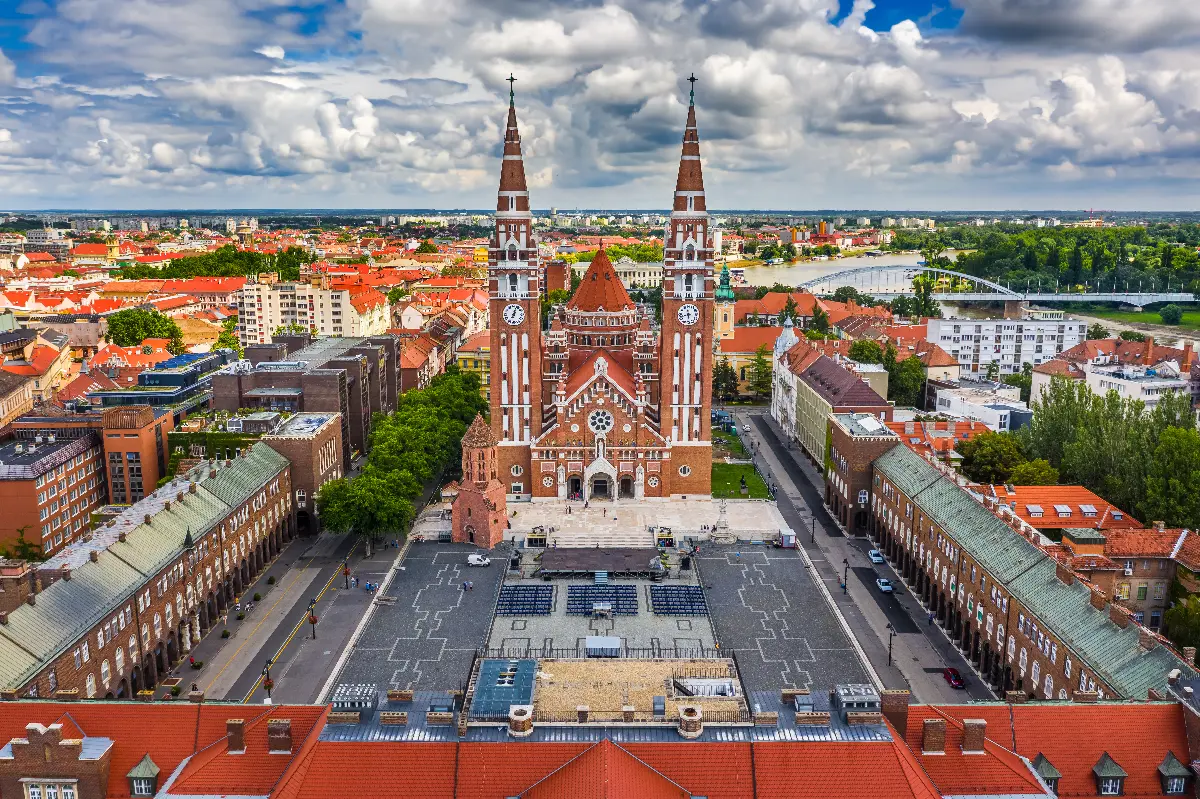
4. The Reformed Monumental Church in Ócsa
The listed church in Pest County was built in the 13th century in the Romanesque style. It is the only three-nave, cross-vaulted, towered Romanesque basilica in Hungary. The long centuries have left their mark on the building, and the Tatar invasion caused serious damage. After its reconstruction, it was used as a mosque under Turkish reign. The dilapidated and ruined church was restored upon the order of Count József Teleki and consecrated by the Reformed in 1777. The last major renovation of the church took place in the early 1990’s, during which time it was thoroughly and professionally restored and renovated. Among the frescoes uncovered during the work are details of the legend of Saint Ladislaus and Saint Margaret, the figures of Saint George and Saint Nicholas, the apostles surrounding the Maiestas and the Last Judgement. The renovation work was recognised in 1995, when the church was awarded the Europa Nostra Award. Visitors to the monument can also take part in guided tours of religious and cultural history, and the Reformed congregation also holds services in the church on Sundays.
